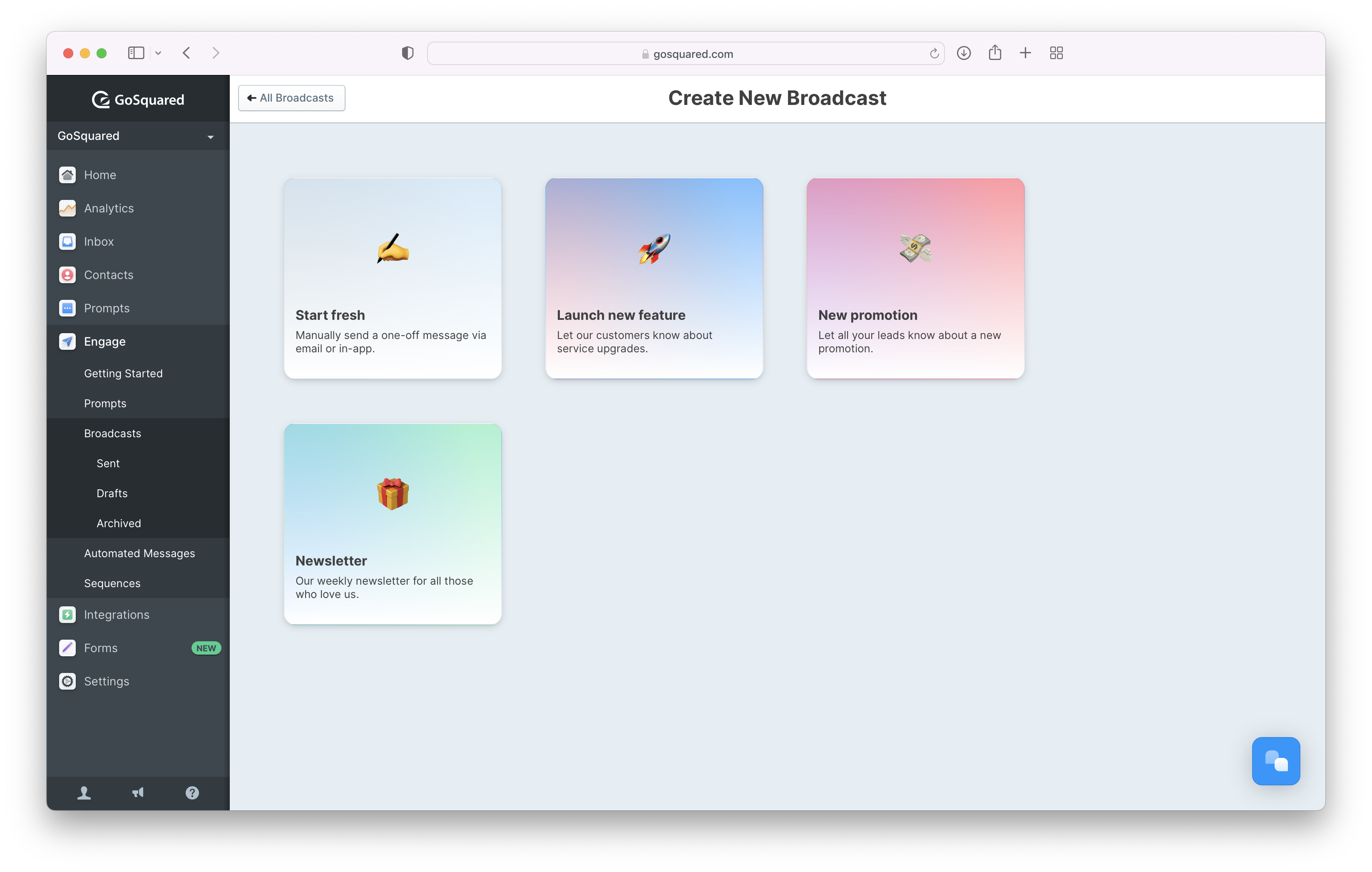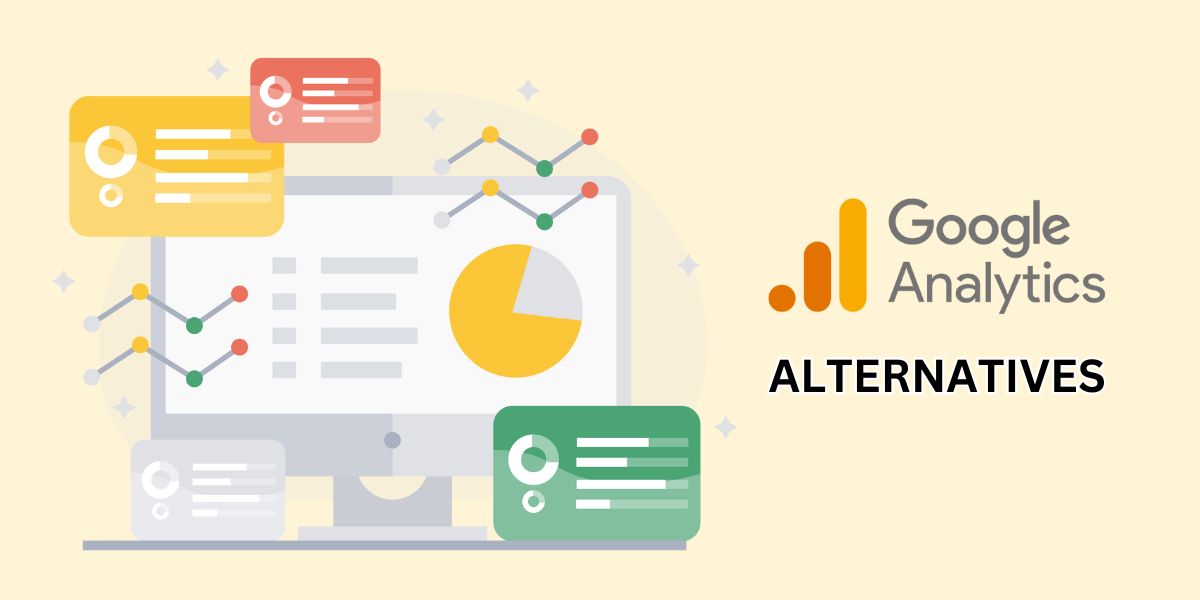It could be argued that simplification is really the goal of any technology product.
Most users of technology don’t care what it is built with, or how it does what it does. Instead, they just care that it simplifies their needs through reducing the time and effort involved in whatever they are looking to do.
However, when it comes to SaaS products, surprisingly, it isn’t every company’s top priority to offer a simple solution. While the reason for this often is related to marketing, it can mean that the product itself confuses rather than streamlines operations for its intended users.
Keeping your user’s needs in mind, overcomplicating your software isn’t clever – it totally misses the mark. That’s why a simple yet effective approach is needed with how your SaaS products are designed and presented.
So why does simplicity reign supreme in SaaS? Here is what you need to know.
Simplicity gets a bad rep
When you describe software as ‘simple’, most of the connotations are negative:
- Simple means small
- Simple means cheap
- Simple means not intelligent, impactful or powerful
Software salespeople will tell you that ‘small software solves small problems.’
Unfortunately, complex sells, simple doesn’t.
There is a huge contradiction here, though, when it comes to usability.
While complexity sells, it’s simplicity that makes users stick around. We all know companies who have invested in huge technology platforms that, through their complexity, just don’t get used.
This isn’t a good situation for the software industry. Software that gets invested in and not used devalues the industry as a whole. It makes buyers more skeptical and hesitant on future investments.
Achieving simplicity within SaaS

It’s because of this there is a huge opportunity for the industry as a whole to reclaim simplicity. We need to add better connotations to the word.
Simplicity is often incredibly hard to achieve. Simple products can be intelligent, but they need to be empathic as well.
To begin the process of simplification, you need to put yourselves in the shoes of a user to understand where there is pain and friction.
There are really two sides to simplification
1. Remove the unneeded
One is the process of removing the unneeded. Quite often removing friction is a quick way to simplify a how a user achieves an end result. This could involve removing steps in onboarding, removing fields in a form, or even removing whole features that distract or don’t help a user get to what they want in the simplest way.
2. Obscure the unnecessary
Another, more powerful way to simplify, is to obscure the unnecessary. This is an important point in relation to reclaiming simplicity because it means we don’t have to remove any complexity that helps us achieve a better result. It just means we have to ensure that complexity doesn’t touch our users.
By obscuring the unnecessary, products can be intelligent, powerful and simple.
Simplicity has been at the core of our work at GoSquared since we started. Take the concept of customer segmentation. With the billions of data points that businesses are now able to collect on customers, there is an opportunity for segmenting and engaging with customers like never before.
With more data though, comes more complexity.
Where is the opportunity for simplification?
Querying large data sets to build segments usually requires the knowledge of database languages like SQL. For every person who is comfortable with SQL, there are many many more who don’t know where to start.
You shouldn’t need to become a database engineer to communicate with your customers at scale. In this example, we may not be able to remove the complexity that occurs under the hood but it’s possible for it to be abstracted.
We can build a layer on top of it and make it simpler for our users. With the technology at our disposal today through AI and Machine Learning, we can use NLP to enable users to query data with everyday language to find the same results.
The same can be said with the accessibility of GPT-3 or the no-code movement. At the heart of what they offer is simplification.
There is a view point in software development known as, “Conceptual Compression” — where a programmer no longer needs to know the in and outs of a particular technology to make use of the capabilities it provides. We should extend this to the users of our own technology.
Simplicity is in everybody’s mutual interest
Whether we are builders, marketers, or sellers of software, it’s in all of our interest not just to embrace simplicity but to change how it is viewed. Building, marketing and selling simple software can not only be a win for an individual company, but as an industry as a whole.
When we simplify the complex, we enable people to benefit from something that was previously reserved for the few.
Real innovation in technology is not about just looking to use the latest technology. There is a genuine opportunity in almost every space to simplify what is already out there.
More than anything, delivering simplicity is delivering empowerment.
Discover the beauty of simplicity with GoSquared

Now you know why simplicity works, it’s time to experience this within our growth software. From lead capturing to marketing automation, GoSquared’s Engage, Live Chat for Sales and Analytics products fuses the beauty of simplicity with intuitive tools that help businesses get ahead.
After all, when it comes to the likes of lead capturing, in-app messaging, email broadcasts, customer retention and even website analytics – the easier these tasks are to understand and automate, the better! GoSquared makes this a reality, without compromising on quality.
Want to discuss the needs of your business in greater detail? Reach out to us at any time to arrange a personal demonstration of any of our products with one of our sales engineers.

